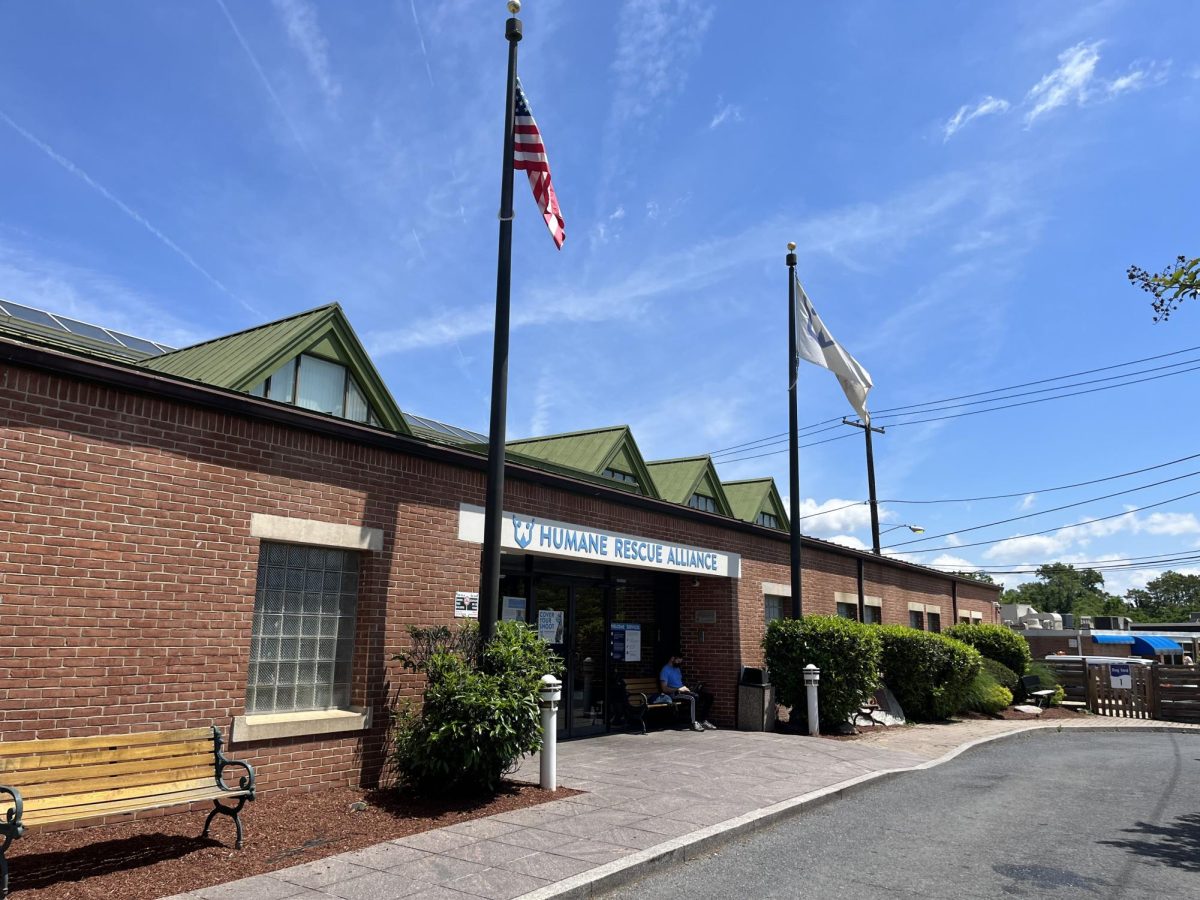In response to student requests for the Tridentine Mass, a traditional Catholic Mass said in Latin, the Office of Campus Ministry has agreed to regularize its twice-weekly observance in Copley Crypt. Students first submitted a formal request to campus ministry that the Mass be celebrated weekly in Dahlgren Chapel in September, but lack of archdiocesan regulations on the Mass delayed campus ministry’s response. “We wanted to make sure we were cooperating with the Archdiocese [of Washington, D.C.], which was assessing how it wanted to move with this rite among all the parishes,” said Fr. Timothy Godfrey, S.J., director of campus ministry. “We received word that the archbishop would release directives regarding the Tridentine rite, so we wanted to progress slowly as well.” Copley Crypt was chosen over Dahlgren due to its architecture and the placement of the altar, said Fr. Stephen Fields, S.J., one of the priests who say the Tridentine Masses. The Mass is celebrated on campus according to directives outlined in Pope Benedict XVI’s letter “Summorum Pontificum” last year. “The Archdiocese of Washington is working on other norms to be followed for the celebration of this form of the Mass, and our celebration of it will fully comply with these,” Fields said. The Tridentine Mass is now celebrated in Copley Crypt on Wednesdays at 5:30 p.m. and Sundays at 11:30 a.m. Fields and Fr. William Farge, S.J., currently preside over the Mass, and Fr. John Siberski, S.J., and Fr. James Duffy, S.J., are training in order to be able to celebrate the Mass in the future. “The Mass is offered as an outreach of the Jesuit community for the pastoral care of those students who requested it and who are interested in attending,” Fields said. Some students said that they would support eventually celebrating the Tridentine Mass in Dahlgren Chapel instead of Copley Crypt. “In the beginning the group was small so the crypt was fine. However, it will only take a few more students coming to make the crypt inadequate, so I would support it being moved to Dahlgren,” said Lauren Funk (SFS ’10). The Tridentine Mass was widely celebrated until the Second Vatican Council in the 1960s. It declined in popularity over the past few decades, but has gained new life after the release of “Summorum Pontificum,” which gave parishes greater freedom to celebrate the Tridentine liturgy. Fields said the Tridentine Mass offers a unique way for Catholics to worship. “It revitalizes a form of the Mass that nourished countless numbers of people for 400 years,” he said. “It cultivates contemplative silence before God, and it makes full use of the beauty of Latin, incense, and chant to elevate the heart and mind in prayer.” Funk said the Tridentine Mass has a different tone than more contemporary Masses. “I like to attend the Tridentine Mass because it feels much more reverent and God-focused than some of the other Masses on campus,” she said. In addition to the Masses said on campus, at least seven parishes in the D.C. area recently added Tridentine Masses, including St. Mary, Mother of God in Northwest D.C. “I feel that since community is an essential element of the Church, it would be difficult and almost detrimental to the faith of students if they were forced to continually move around to different churches to fulfill their spiritual needs,” Funk said.







